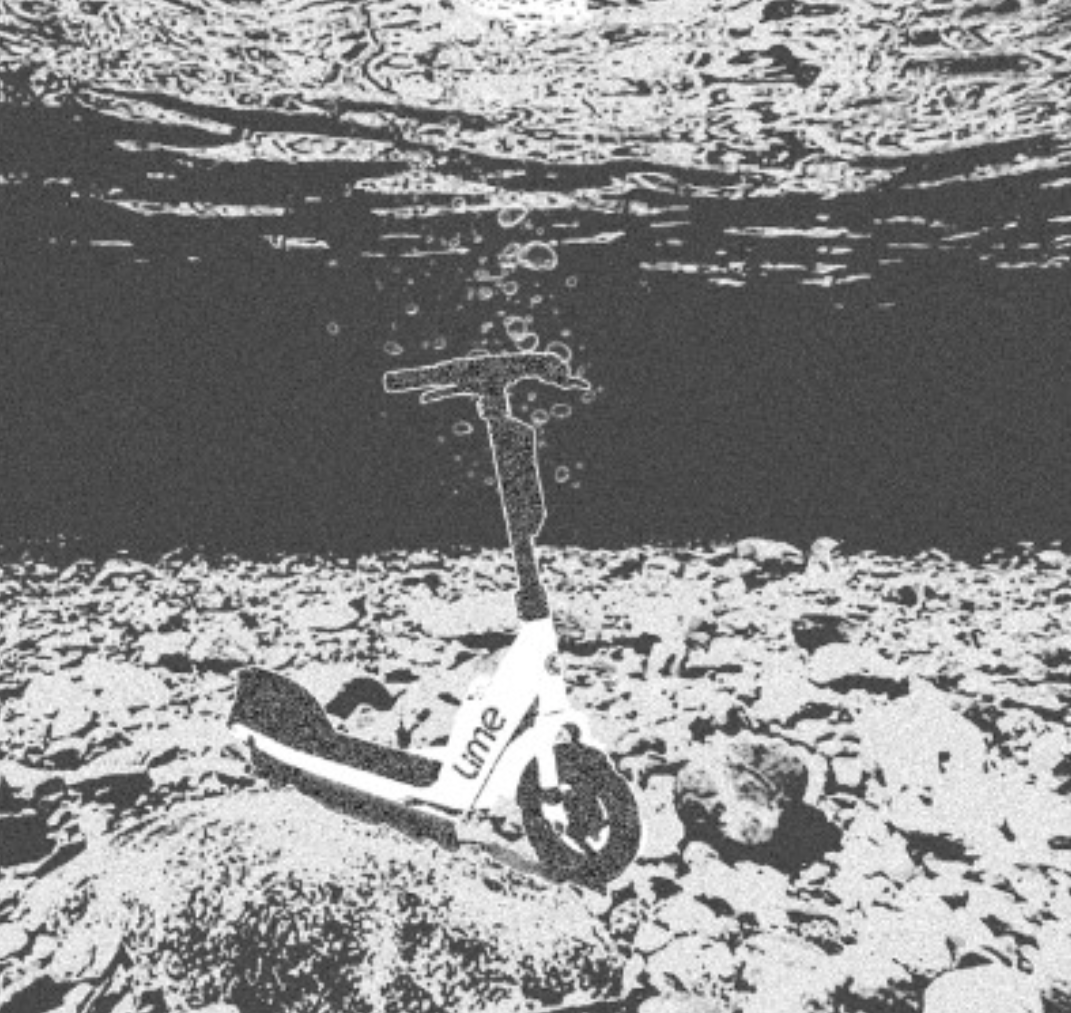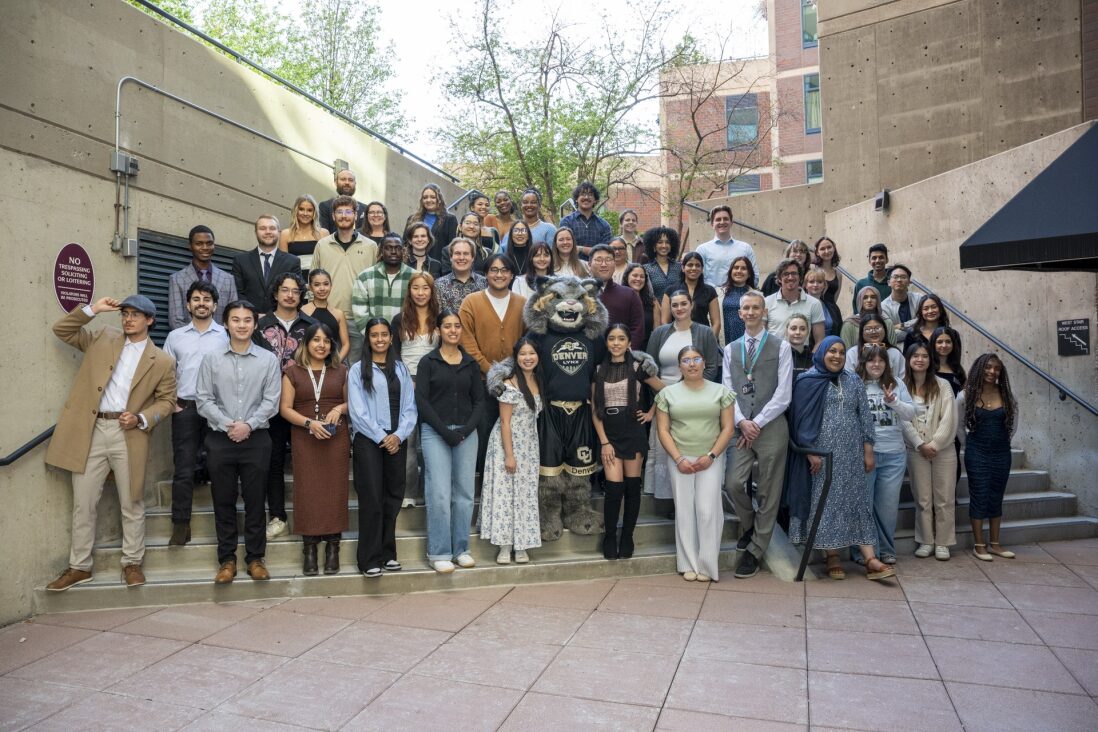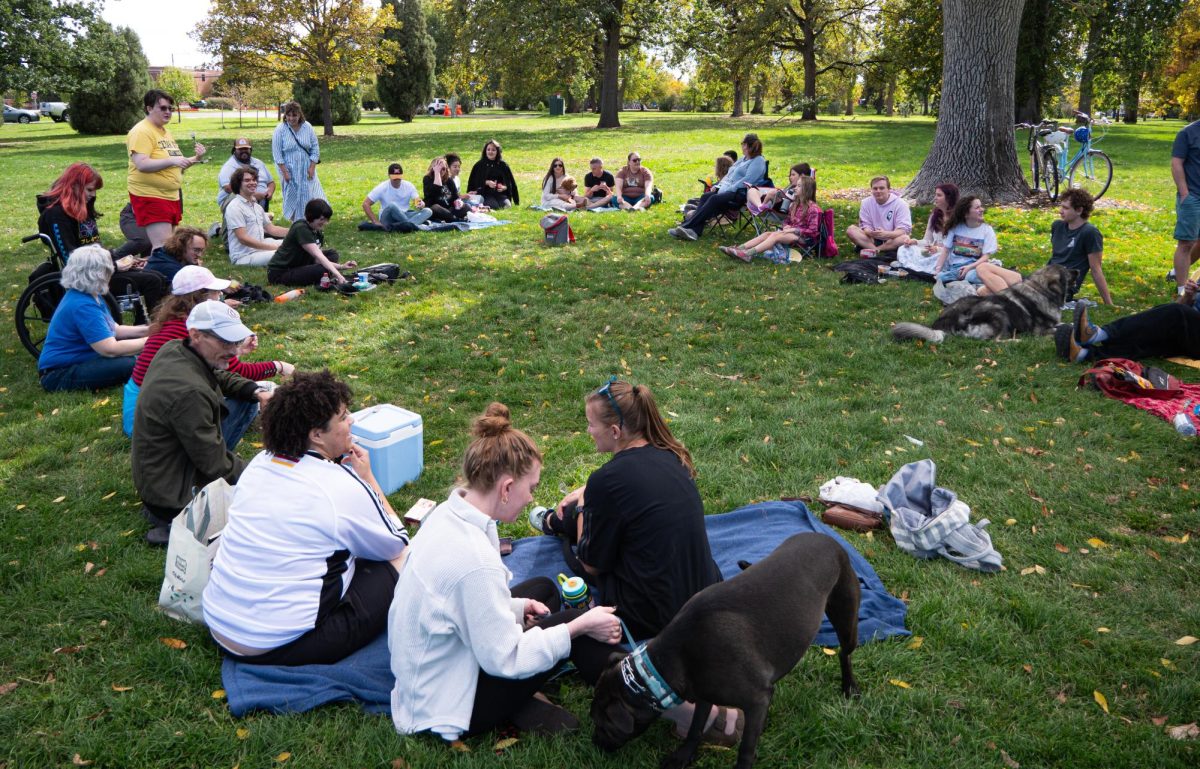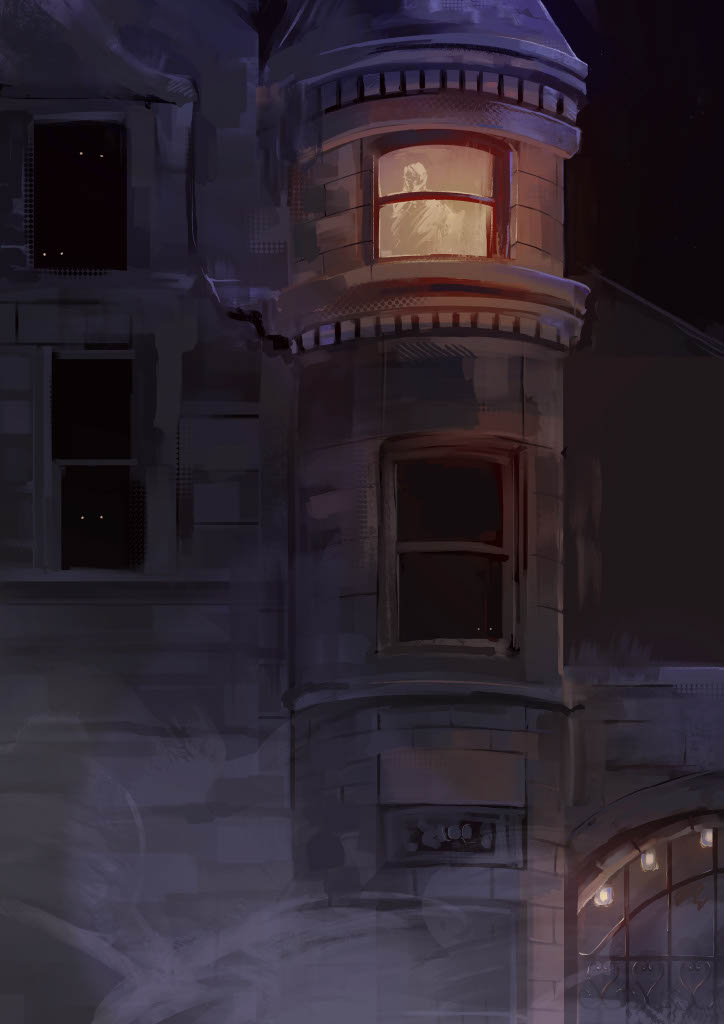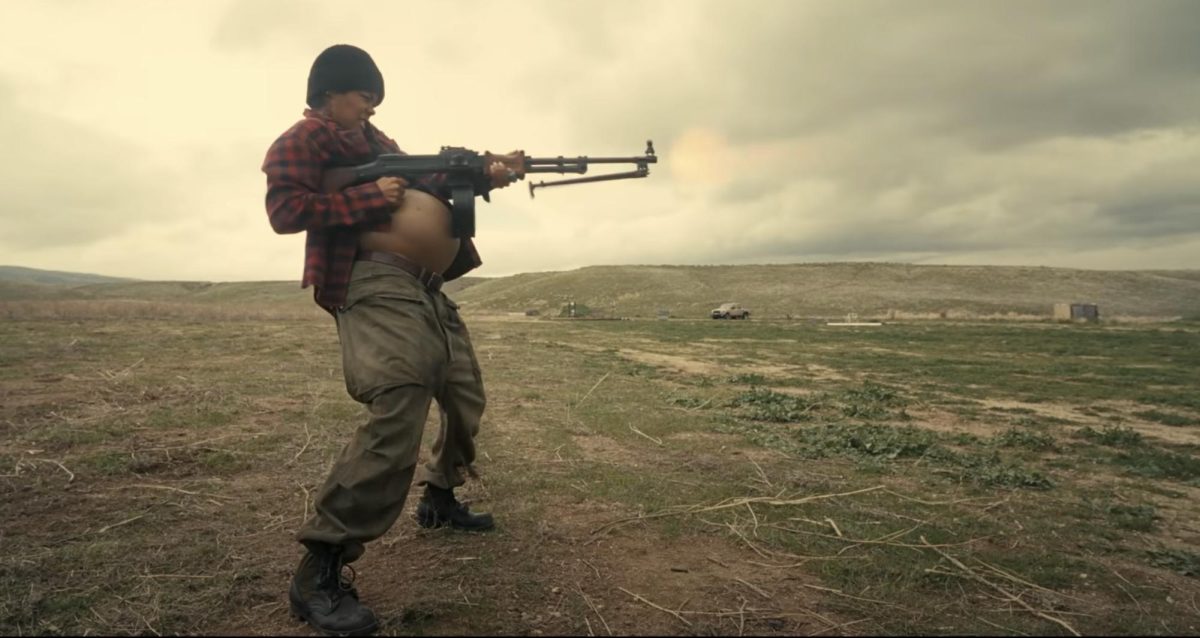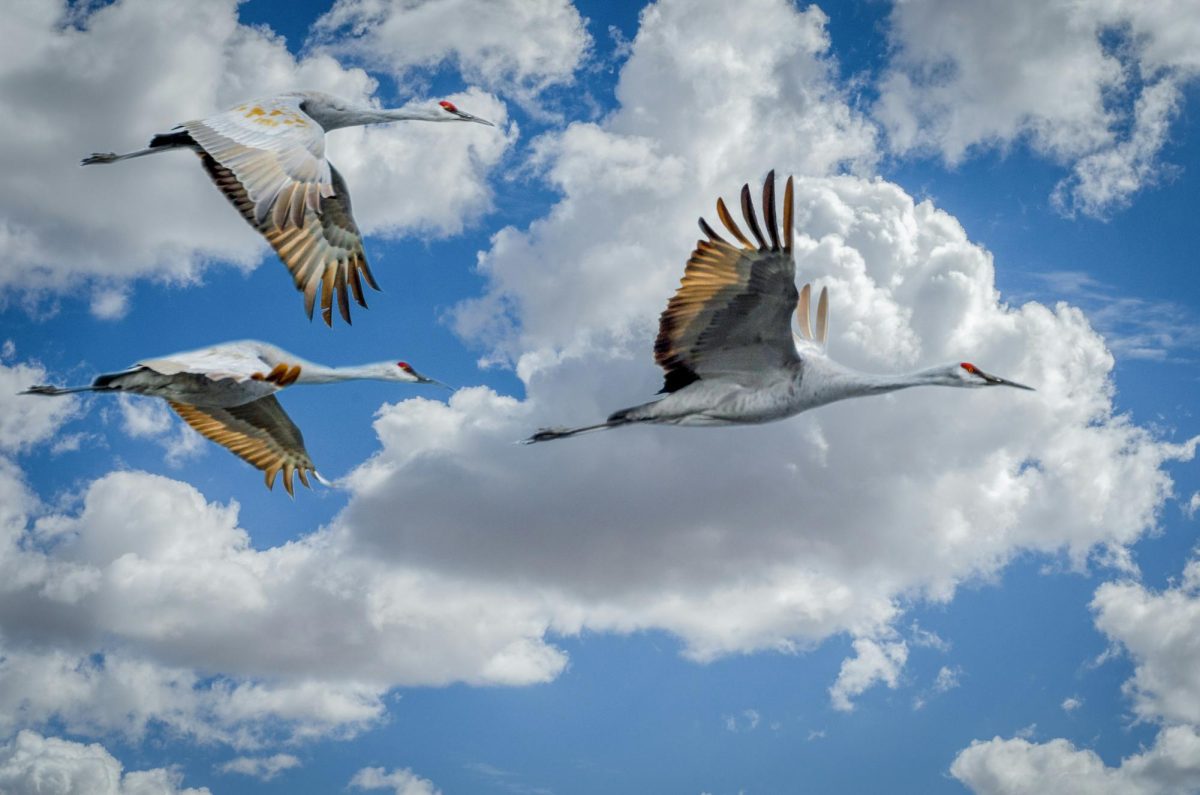In the bright mid-morning light that cascades over the San Luis Valley, the shadows of the magnificent Sandhill Crane’s seven-foot wingspan blot the winter grass like ink spots, as they fly in circles around the wetland, singing their haunting ethereal songs. The elegant grey birds, with their red crests and ink dipped wings land in the wetlands and farms of the San Luis Valley every March. Over 20,000 cranes can be seen over the course of this month in the several wildlife reserves located within the valley. The town of Monte Vista throws an annual “Sandhill Crane Festival” in early March, featuring tours of the active crane sightings in the adjacent wildlife refuge, although the cranes can be seen all month long in these wetland areas throughout the valley.
The cranes have been migrating to the vast valley for an estimated 7,000 years and had used the once prosperous wetland of southwestern Colorado as an area to refresh courtship bonds during their ephemeral journey to Canada for the summer where the cranes raise their young. Since the human development of the San Luis Valley, the wetlands have been near depleted of their once full aquifers, resulting in the cranes relying on the residue of the previous year’s barley crop to help supplement the loss of habitat and nutrient rich plants that the birds typically feed on. Due to this, two wildlife refuges are kept alive through man-made conservation efforts: Monte Vista National Wildlife Refuge and Alamosa National Wildlife Refuge allow for the cranes to have plenty of land to use. In the mid 1960s, farmers and conservationists lobbied to protect the water in these drying up wetlands in an effort to not only make the farming profits more abundant, but to protect the many species, that utilize its resources. The efforts were successful, and several of the wildlife refuges were created from old farmland and revitalized into the perfect place for Sandhill Cranes and countless other wildlife to thrive in.
There are three locations that are recommended to see the best views of these surprisingly elusive birds. When I went down to scope out these birds, I found some of the locations to be better than others. Even with all my research, the first time I went down, I did not find any cranes. I had gone to the Baca National Wildlife Refuge, which was closed and no cranes were to be seen. I had been told by a local that the cranes mostly stayed in the southwestern part of the valley near Monte Vista. The second excursion, I went to Monte Vista Wildlife Refuge, and as promised, I saw possibly a hundred Sandhill Cranes with my time there. These beautiful birds flew above the late winter grass in large “V” shaped clusters, rarely breaking to land. There were so many cranes calling each other—even the ones you could not see from miles off, all singing together and creating an eerie atmospheric shell of sound around the refuge. I would hear them first before I saw them, sometimes, so high up in the sky, their white underbellies made them invisible to my eyes until they came closer to the earth.
Seeing these cranes in person was truly an awe-inspiring experience, and I implore anyone who wants to see this exceptional migration in person to make the three-and-a-half-hour trek down to the San Juan Valley. From experienced birders to casual outdoorsmen, the cranes should be on any adventurous Coloradans list.



